One of the easiest fruit trees to grow is the apricot tree. It bears juicy, sweet fruit everyone will love. If you're thinking of growing this tree, you will need to plant it in a suitable site with proper sun exposure. We have researched for you if apricot trees need full sun.
Apricot trees need full sun exposure. They require at least six to eight hours of direct sunlight a day. The tree will produce high-quality fruits with proper sun exposure for the season. Sunlight will also help limit disease in the tree.
Sunlight is essential for growing healthy apricots, so you must find a good location where your tree can get ample sunlight during the growing season. Continue reading to learn more about growing apricots.
Should You Plant Apricots In Full Sun?
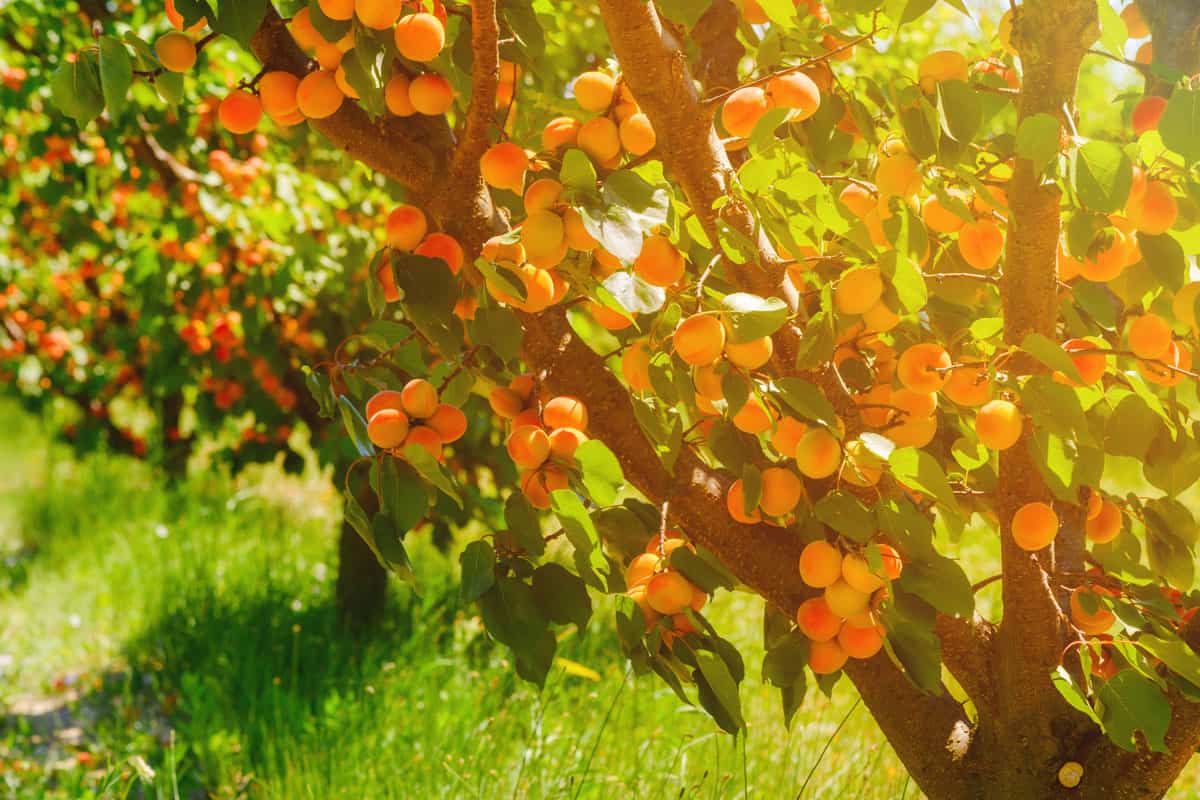
Apricots are small, juicy, nutrient-packed fruits you will see in the late spring to early summer seasons. The tree does not require a lot of maintenance as long as the conditions are suitable.
You must prepare the appropriate plant site for your apricot trees. The first thing to consider is sun exposure.
The apricot tree grows well under the full sun. It should receive at least six to eight hours of sunlight every day. The tree thrives in zones 5-8, with temperatures ranging from 65-85° Fahrenheit. The majority of US apricots are grown in California.
Some varieties of apricots you can grow in zones 5-8 include:
- Harcot
- Brittany Gold
- Canadian White Blenheim
- Golden Sweet
- Golden Kist
Full sun exposure can help grow abundant, healthy, high-quality apricots compared to those planted in partial shade.
Can Too Much Sun Damage An Apricot Tree?
Yes, an apricot tree can get sunburned due to harsh sun exposure. Although the tree loves the full sun, intense heat can damage it.
With enough sun exposure, the apricots will have an orange blush on the sides facing the sun.
If you have recently grafted apricot trees, they will probably not have enough foliage to protect the growing branches from the scorching sun.
Without protection from the sun, the bark can die due to sun exposure. The bark of apricot trees is smooth and thin, making the tree vulnerable to extreme sun exposure. Too much sun exposure can cause the leaves to wilt and fall off.
One way to protect a growing tree is to spray it with natural clay (ex., Kaolin). The clay protects against sunburn and heat stress. At the same time, it wards off pests that cause plant diseases. Even with this protection, it is still safe for beneficial insects like honeybees.
Where Do You Plant Apricot Trees To Get Full Sun?
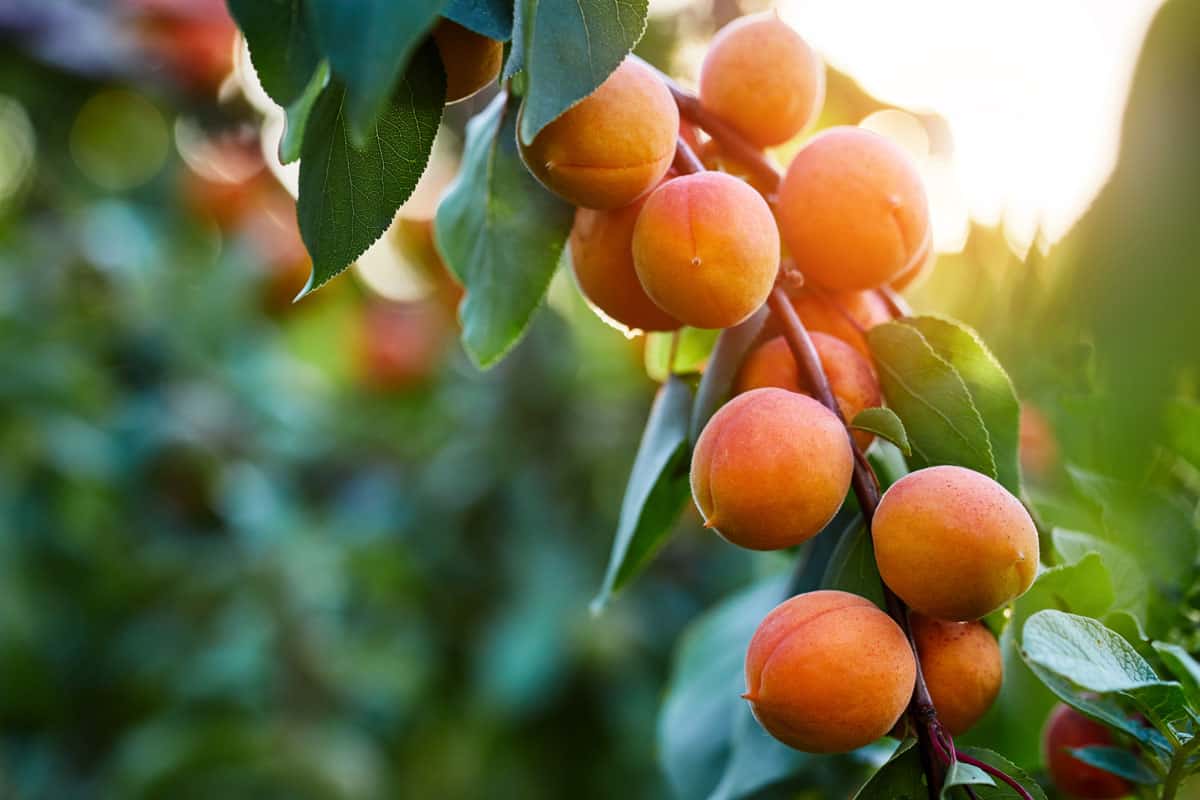
If you plant your apricot trees in pots or containers, you can place them in areas that get a lot of sunlight. Examples of these are near your patio or porch. Regardless of location, always protect your trees from harsh environmental conditions.
If your area does not have full sun exposure, you can still grow the trees under grow lights.
Planting apricots in a greenhouse is also feasible and easy to do. The trees love the warmth. In a greenhouse, the trees get full sun exposure and protection from strong winds. The trees also grow well when planted on the ground.
Where Should Apricot Trees Face?
When planting your apricot tree, it should face the sunny south or the west if facing a wall, but don't place it near a wall hit by direct sunlight because the tree can overheat in the warmer months.
How Tall Will Apricot Trees Grow Under Full Sun?
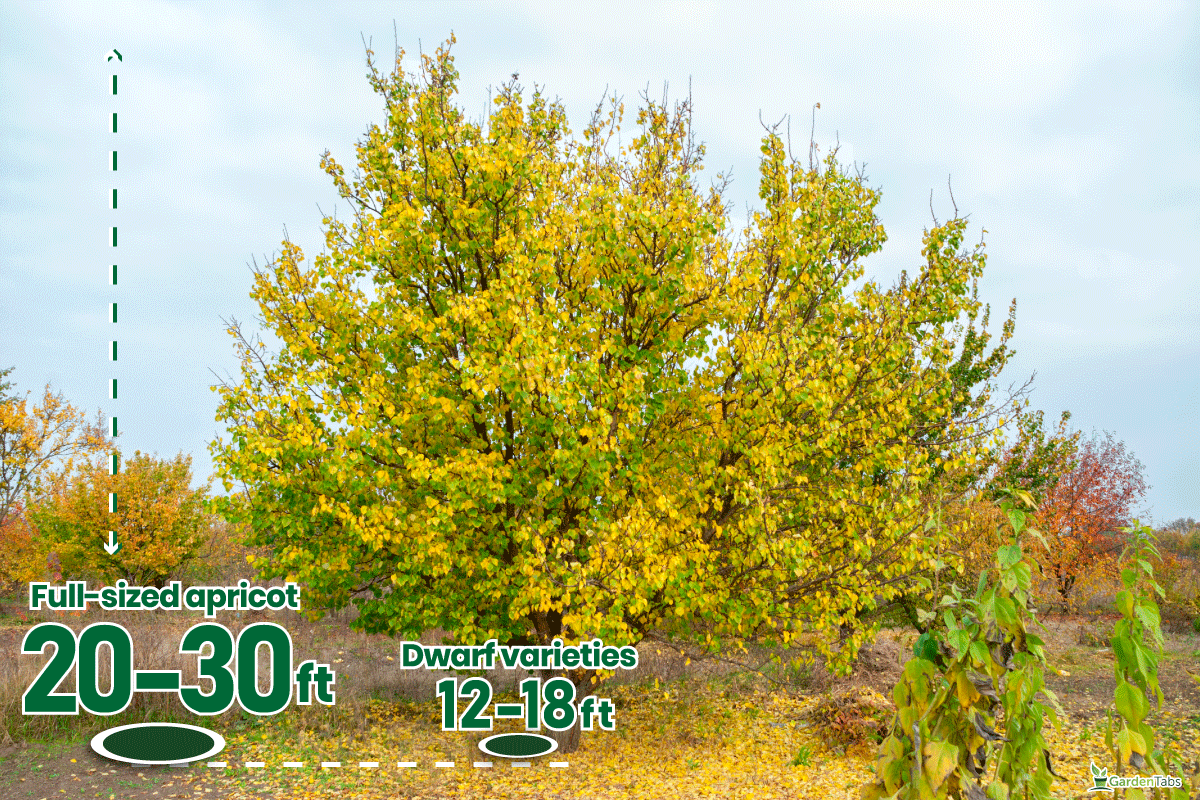
In normal conditions, a full-sized apricot tree can grow 20-30 feet and 12-18 feet for dwarf varieties. If the tree does not get enough sun and nutrients, it will be smaller than usual, and the fruit will also be smaller.
In addition, pruning promotes tree growth and the production of fruit. Allowing the branches more access to sunlight helps make bigger fruit. Reducing the heavy weight of the branches through thinning can stimulate better growth.
What Happens If Apricot Trees Do Not Get Full Sun?
You must also know what can happen to the apricot trees if you don't expose them to the full sun. All your efforts may go to waste if you ignore their need for sunlight.
Here are some outcomes when apricot trees lack sunlight:
- Fruits may not ripen well
- Splitting apricot fruits
- Less or no production of fruits
- Stunted growth
- More vulnerable to frost damage
- More susceptible to plant diseases
It's important that apricot trees get full sun to grow and produce abundant fruit.
Can Apricot Trees Grow Indoors?
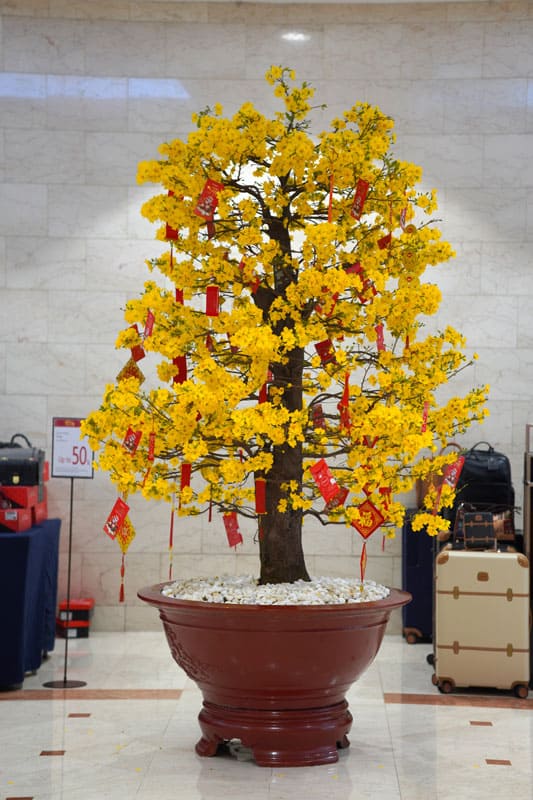
Yes, you can grow your apricot trees indoors. You can sow the seeds indoors and plant them outside to get sunlight. Instead of growing from the source, you can also buy a young tree.
A standard apricot tree is too tall to grow indoors. The varieties that you can plant inside are dwarf apricots. Even though they are dwarf varieties, they yield the same size fruit as trees planted outdoors.
You can plant them in pots that you can easily move. If you move the trees indoors, make sure that they still receive enough sunlight.
If there is no suitable place, you can use LED grow lights to create artificial sunlight. Position the lights six inches from the tree.
Are Apricot Trees Drought-Tolerant?
Apricots can tolerate drought. The mature, established trees may survive, but you must regularly give supplemental water in the hotter seasons. In that way, you can ensure quality fruits.
In their first year, water the growing trees every week to keep them hydrated. When the trees mature, give at least an inch of water every 10 days.
When Is The Best Time To Plant Apricot Trees?

Timing is vital to make the trees grow and produce abundant, delicious fruit.
If you are planning to grow apricot trees, the best time to plant them is from November to March. During that time, the tree can grow roots just before it becomes dormant when winter arrives. The plant loves the warmth of the soil during fall.
You can also plant the trees in the late winter or early spring. During those times, the hard frost is over. If you plant during spring, you must provide water for the trees to survive during the summer.
How To Care For Apricot Trees
Apricot trees need careful management. Growing apricot trees is moderately high maintenance, but you can successfully harvest sweet fruits if you follow the right steps.
Aside from sunlight, you must also devote proper care to the apricot trees. There are other factors to consider for the holistic growth of your trees.
Below are some tips you should follow:
- Find a location where the soil is loamy, slightly alkaline, and well-draining
- Add mulch around the tree base
- Fertilize in early spring with a balanced organic fertilizer
- Keep the tree well-watered but avoid waterlogging the soil
- Prune the upward-shooting and weak branches during spring or fall
- Thin the branches and leave around two to four inches of space between the fruit
- Regularly spray the Bordeaux mixture when the buds open to prevent fungal diseases
- Protect the trees against strong winds
- Regularly check the trees if symptoms of disease appear
- Harvest the apricots from July to August
You should be patient growing apricot trees. When the trees bear fruit, the rewards will be worth your efforts.
In Summary
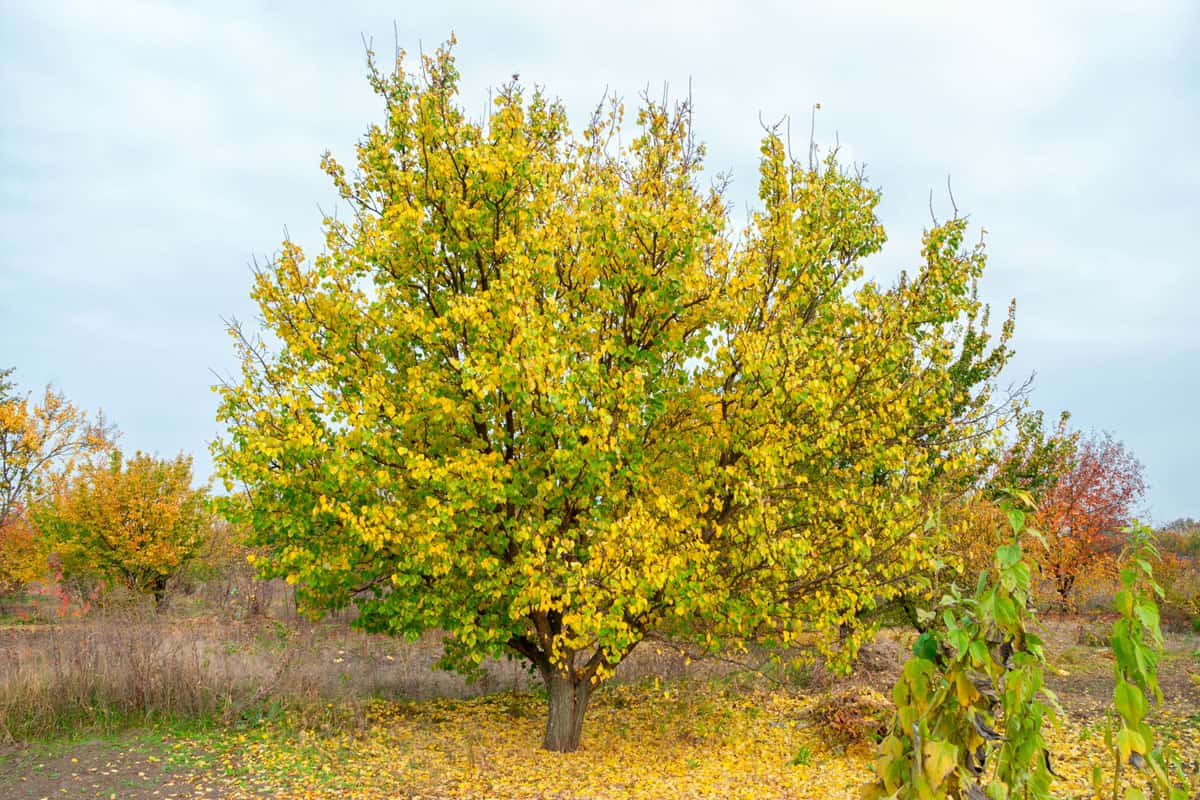
Apricots love the full sun. They need at least six to eight hours of sunlight each day. Sun exposure is vital for the growth of the tree. Without enough sun, fruit production can decrease, and the apricots will not ripen.
Find a sunny area to plant or transfer your apricot tree. Growing the tree indoors in a pot or a greenhouse is possible. However, too much sunlight and heat can damage the fruit.
With the proper care, your apricot tree will bear delicious fruit.
If you found this article helpful, check these related posts:
